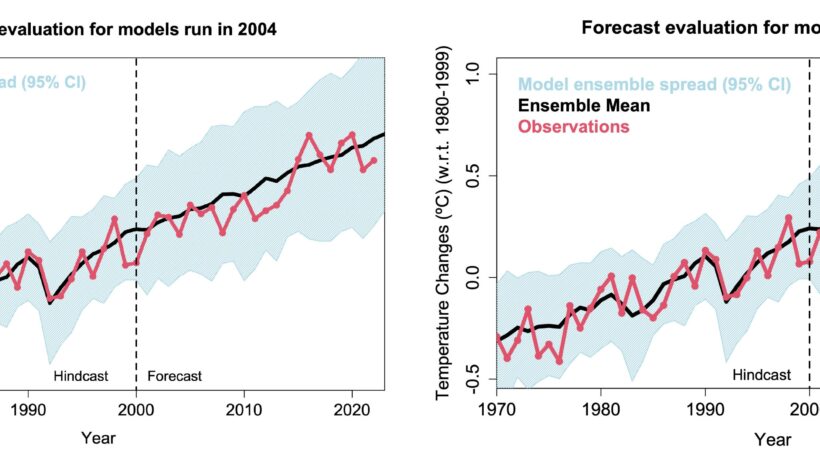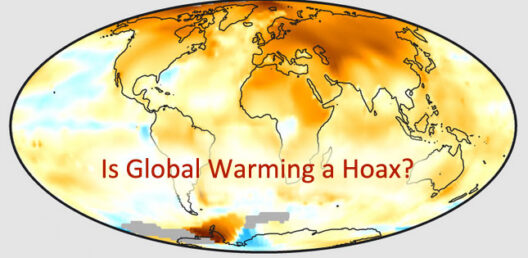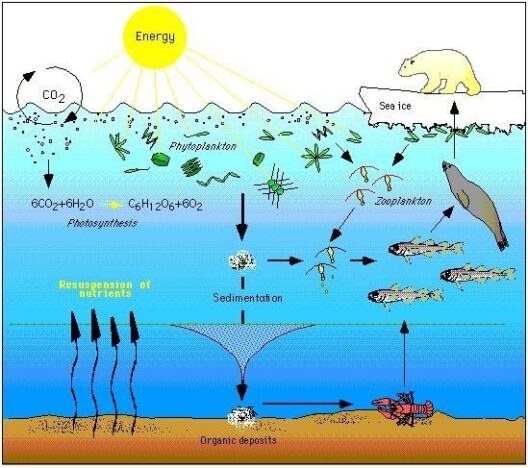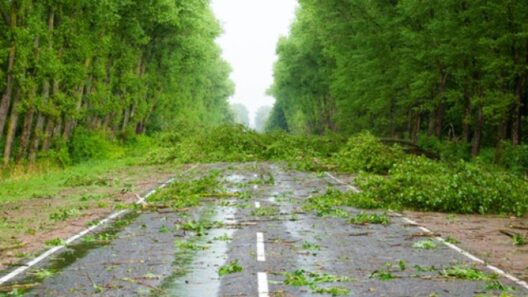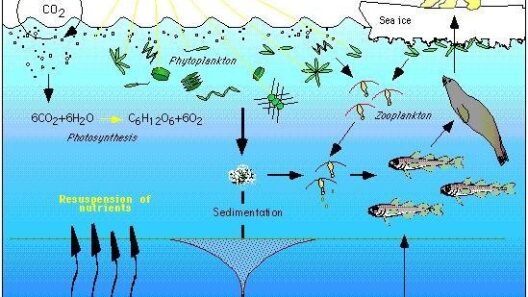Mexico, with its diverse ecosystems and rich cultural heritage, is witnessing a profound transformation amidst climate change. The exacerbation of global warming points toward a horizon where heat becomes increasingly omnipresent. Understanding the implications of this warming is crucial, not merely for environmentalists, but for every inhabitant of this nation.
Historical climate data reveal an alarming trend: Mexico’s average temperatures are rising. Over the past century, the country has experienced an increase of approximately 1.5 degrees Celsius. This seemingly modest increment belies the enormity of its impact. A continuous trajectory of rising temperatures signifies a future fraught with challenges for agriculture, biodiversity, water resources, and human health.
First, one cannot discuss Mexico’s warming future without addressing agriculture—the backbone of its economy. The nation is home to a plethora of agricultural activities, which are highly sensitive to climatic variations. Predominantly, crops such as maize, beans, and coffee are staples that may become increasingly untenable in hotter conditions. Climate change threatens to alter precipitation patterns, escalating the frequency and intensity of droughts in the north while bringing intense rains and flooding in the south. This unpredictable dichotomy poses an existential threat to food security.
Moreover, heat stress is not merely a metric of temperature; it affects crop yield and quality. Studies indicate that staple crops like maize could see a reduction in yield by up to 30% by 2050 if current trends continue. Farmers, particularly those in rural areas with limited resources, may find it increasingly challenging to adapt. The transition to less water-intensive crops or the adoption of resilient agricultural practices could become imperative, yet equally daunting.
Parallel to agricultural challenges lies the issue of biodiversity. Mexico is recognized as one of the most megadiverse countries on the planet, with habitats ranging from arid deserts to lush tropical forests. However, such diversity is precarious in the face of climate warming. Species migration is likely to occur as flora and fauna seek cooler climes, leading to potential extinction for those unable to adapt or relocate. Integral ecosystems, such as the Monarch Butterfly Biosphere Reserve, illustrate the delicate balance at play. Changes in temperature and shifting weather patterns can disrupt migration routes and flowering periods, further endangering species reliant on specific climatic conditions.
In addressing water resources, one encounters yet another complication. A hot climate exacerbates evaporation from waterways and soil, diminishing the availability of this vital resource. Many regions in Mexico are already grappling with water scarcity, particularly in the northern states. As temperatures rise, the demand for freshwater will increase due to both higher consumption needs and agricultural requirements. The implications of water stress can lead to conflicts over resources, population displacement, and intensified economic burdens.
Human health, too, is intricately linked to the rising temperatures Mexico is experiencing. The increase in heatwaves carries a litany of health risks, particularly for vulnerable populations, such as the elderly and young children. Heat-related illnesses, respiratory problems due to deteriorating air quality, and vector-borne diseases like dengue fever stand as looming threats. Notably, the surge in temperatures can exacerbate the spread of pathogens and pests, compounding the health risks already faced in urban centers.
Nevertheless, amidst these daunting challenges lies an opportunity for innovation and adaptation. Mexico’s government and local communities are increasingly recognizing the urgency of addressing climate change. Policy frameworks aimed at mitigating emissions and promoting renewable energy sources are entering the national dialogue. Investments in solar and wind energy sources have emerged, positioning Mexico to leverage its natural resources.
Additionally, community-led initiatives focusing on sustainable agriculture and conservation can foster resilience. Programs that encourage agroecological practices or the preservation of rainforests represent a dual benefit—protecting biodiversity while enhancing agricultural productivity. Through education and grassroots movements, Mexicans are poised to combat the impacts of climate change with ingenuity and resilience.
The global community, too, plays a pivotal role. Efforts to combat climate change necessitate international collaboration. Both developed and developing countries must unite to enforce policies that tangibly reduce emissions and allow for capacity-building within vulnerable communities. Climate finance and technology transfer can empower Mexico in its journey toward resilience.
In conclusion, the warming future of Mexico presents a multifaceted dilemma that transcends mere meteorological observations. Its implications ripple through agriculture, biodiversity, water resources, and public health. Despite the myriad of hurdles that lie ahead, a concerted effort encompassing government action, community engagement, and international cooperation can cultivate a pathway toward adaptation and resilience. In grappling with the realities of climate change, Mexico holds the potential to emerge not just as a victim, but as a leader in the fight against global warming. Each action taken today can sow the seeds for a sustainable future, ensuring that the land of vibrant cultures and rich ecosystems endures against the scourge of warming decades.



